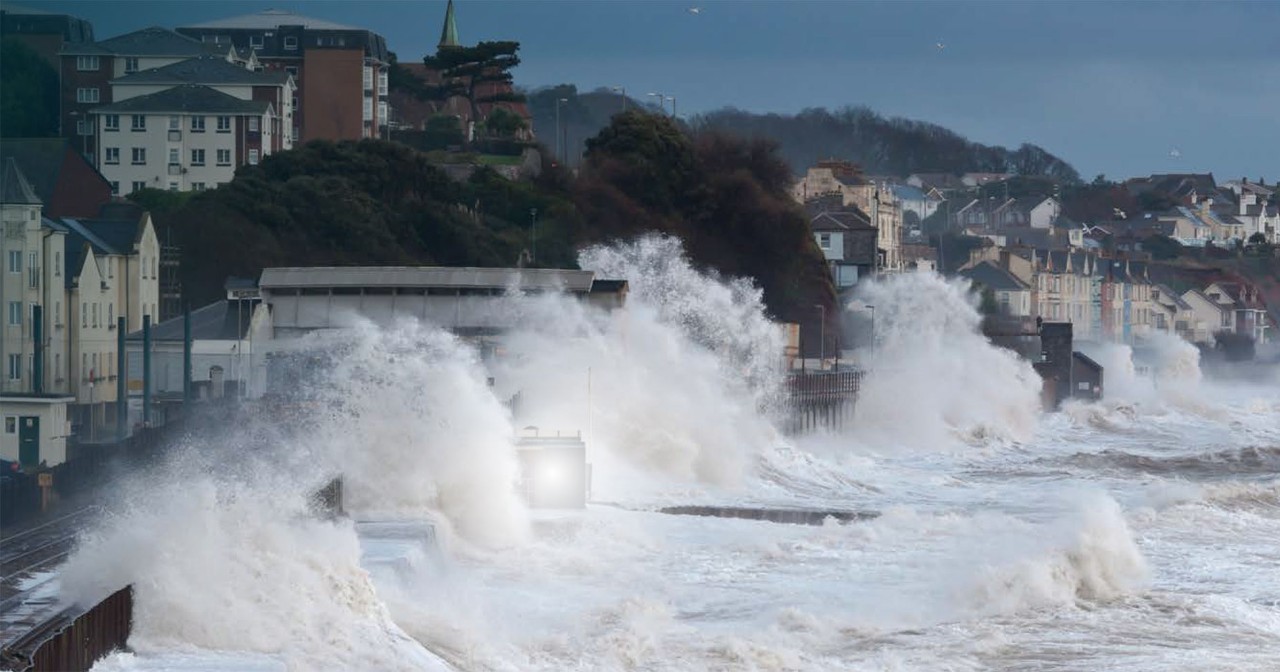As I was thinking about trends in construction and surety in 2020, the month of January slipped by. So lesson number one – the future is coming at us quickly, and we have to be thinking not only about tomorrow, but the day after tomorrow. And the day after that. Through 2019 and into 2020, there have been a number of developments that are going to impact surety and construction. Here are just a few that we should be watching for:
Surety Capacity and Claims
The surety industry remains robust. There appears to be abundant capacity for all segments – small to medium contractors, mega-contractors, commercial surety and international surety. While 2019 saw some smaller players exit the market and one large player has already exited the market in 2020, those have little impact on the overall capacity available. I still argue that just about any company can get a bond – so we can’t hang our hats on surety providing prequalification. But you should pay attention to the surety providing the bond – while the bonds may be the same, the quality of the surety provider is definitely not.
Claim activity is clearly on the uptick. The latest SFAA numbers showed a two point increase in loss ratio from 2018. As growth in construction continues and contractors become more stretched, we have seen some contractors – specialty subcontractors in particular – stumble. Full year 2019 results should show increasing losses for the surety industry and that will most likely continue into 2020.
Hardening in the Construction Insurance Market
We continue to see hardening of the property-casualty insurance market, especially in the construction-related lines such as Builders Risk and Workers Comp. Increasing rates were a common discussion topic at IRMI in November. Given the loss ratios in these segments over the past few years, some correction was necessary. Will increased insurance costs squeeze surety pricing or capital? Difficult to say. The real question is how insurance pricing will influence the pricing and availability of Subcontractor Default Insurance (SDI). There has been a fair amount of movement around SDI – as some markets have exited or pulled back and new entrants have come in. SDI continues to be an attractive product for many GCs and that should continue into 2021 and beyond.
Movement Away from Megaprojects and P3s
Only a few years ago, I thought Public Private Partnerships (P3s) and megaprojects were the future of construction. And while I still believe that P3s have an important role, the past few years have shown that they are far from the panacea many thought them to be. Look at the termination of the $1.8 billion P3 at the Denver Airport. That termination will prove costly for the contractors, the airport authority and the taxpayers. Such a costly and public debacle overshadows some more notable P3 successes – such as the completion of Eagle P3 Commuter Rail Line – also in Denver. Also noteworthy is that many of the largest and most sophisticated contractors – Skanska, Granite and Fluor among them – have publically announced they are pulling back from participating in multi-billion dollar megaprojects. What those contractors have found is that the risks they are exposed to over the long duration of these projects– cost escalation, labor availability, technology and regulatory changes – are nearly impossible to manage effectively. There may be other contractors willing to step in, but it all comes down to management and allocation of risk under a multi-year contract in a rapidly-changing environment.

















